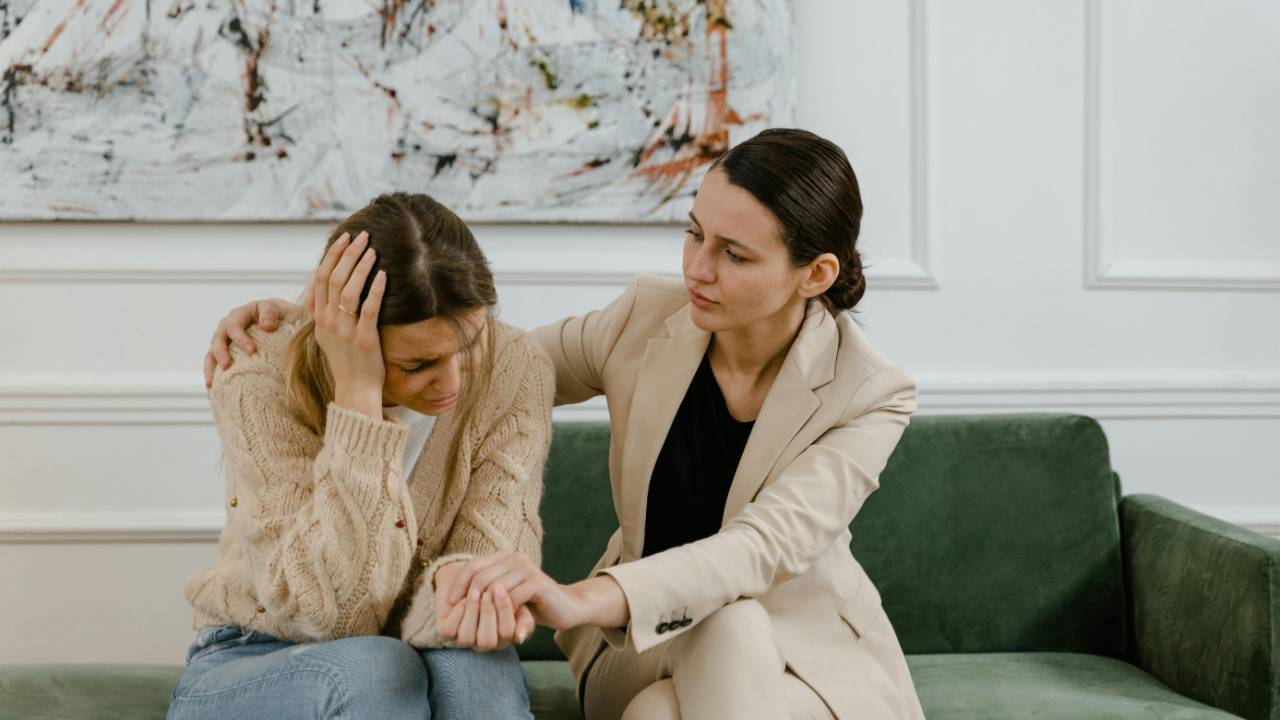How to Build Emotional Safety in Relationships

How to Build Emotional Safety in Relationships
You can have chemistry.
You can have shared interests.
You can even have years of history.
But without emotional safety?
The relationship will always feel a little shaky.
What emotional safety really means
Emotional safety isn’t about walking on eggshells or avoiding tough conversations.
It’s about knowing that…
- You can express yourself without fear of being shamed or dismissed
- Your feelings will be met with curiosity, not criticism
- Disagreements won’t be turned into weapons against you later
It’s the foundation where trust, intimacy, and real connection can grow.
Why it matters
When emotional safety is present:
- You feel seen and heard
- Vulnerability becomes easier
- Conflict can be handled with respect instead of fear
Without it?
You start hiding parts of yourself.
You rehearse your words before speaking.
You stop sharing what’s really on your mind.
That’s not love thriving, that’s self-protection taking over.
Signs your relationship has emotional safety
- You can be honest without fearing it’ll be used against you later
- Both of you listen to understand, not to “win”
- Apologies are sincere and followed by changed behavior
- You feel calmer after hard talks, not more tense
Signs it might be missing
- You downplay your needs to avoid conflict
- You feel “on guard” even in calm moments
- There’s sarcasm, mockery, or stonewalling when you share feelings
- You avoid bringing up certain topics altogether
How to create more emotional safety
The good news? Emotional safety can be built and strengthened over time, if both people are willing.
Step 1: Lead with respect
Even in conflict, choose language that keeps the other person’s dignity intact.
Step 2: Practice active listening
This means hearing the words, catching the feelings underneath, and responding without judgment.
Step 3: Own your impact
If you’ve hurt someone, don’t just explain why. Take responsibility and make it right.
Step 4: Keep confidence
When your partner shares something vulnerable, guard it like it’s gold. That trust is the glue of emotional safety.
Step 5: Be consistent
Safety grows from repeated proof that you can be trusted, not one grand gesture.
The bottom line
A relationship without emotional safety is like a house without a solid foundation.
It might stand for a while, but cracks will show.
When you create (and expect) emotional safety, you give your relationship the best chance to thrive, and you give yourself the gift of being fully seen, without fear.
You deserve that.





